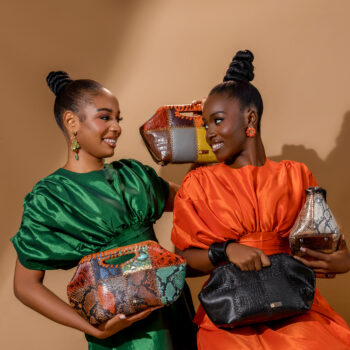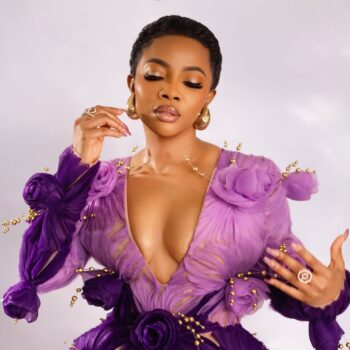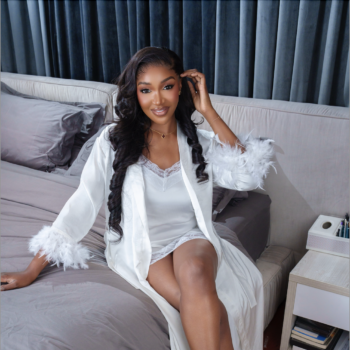New York, London, Milan, and Paris may still be the world’s fashion capitals but as with anything style related, trends emerge and things change. Furthermore, people and critically, businesses are following the shift in the air: Announcing Lagos, Johannesburg, Dakar, and Nairobi; the juggernauts of the African continent and rising stars for the industry in the world.
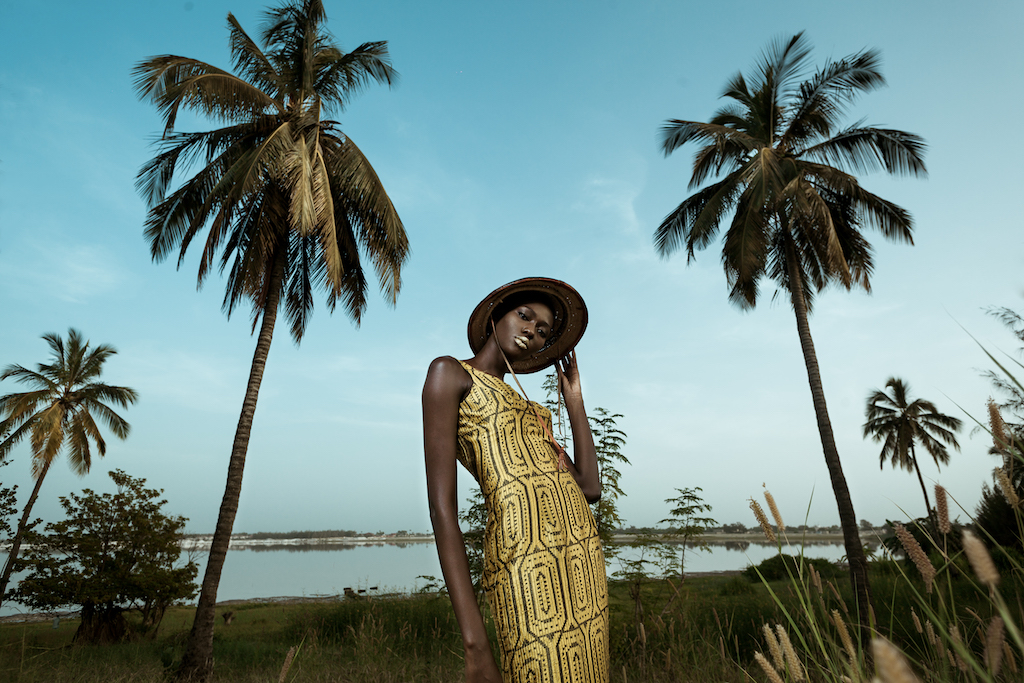
Considering African cities as global fashion capitals is not as fantastical as it may have been even a decade or more ago: on a number of indices the aforementioned four and other African urban centres have proven themselves to be unparalleled incubators for fashion and design, nexuses for the creative visual arts and most pertinent of all for sustainable growth, financial and commercial hubs. Indeed in a recent Forbes Magazine study of most influential cities in the world Johannesburg, Cape Town and Lagos found themselves on the list, and this too is reflected in their dominance of the fashion industry in Africa. However, also of critical importance is how Africa is perceived and its goods and services received in the global fashion context and it is, for this reason, the work of Style House Files (SHF) and its flagship event, Lagos Fashion and Design Week (LFDW) cannot be underestimated.
Speaking to Omoyemi Akerele, CEO of SHF and founder of LFDW it becomes clear that creating both a platform and setting an agenda that posits African fashion as every bit as desirable has not been an easy task:
Africa is diverse and dynamic in terms of culture, historical references and commercial viability but the fashion and apparel sector within Africa is still often met with a degree of uncertainty and fascination.
Her comments are supported by the fact that the role LFDW plays is multifaceted: offering buyers an opportunity to see and purchase clothing, providing a platform for the wealth of talent in the industry, and capacity building in terms of education and regional government policy. Furthermore, Akerele and her team have taken a strategic and holistic approach and identified vital channels for fashion designers on the continent to be seen and more importantly bought internationally. One such successful relationship has been SHF’s showcases at Pitti Immagine, one of the most prestigious international fashion platforms and the British Fashion Council’s Fashion Scout shows held during London Fashion Week. These events allowed for instantly recognisable names on the Nigerian fashion landscape such as Lisa Folawiyo, Grey Projects and Gozel Green to gain further visibility and international sales.
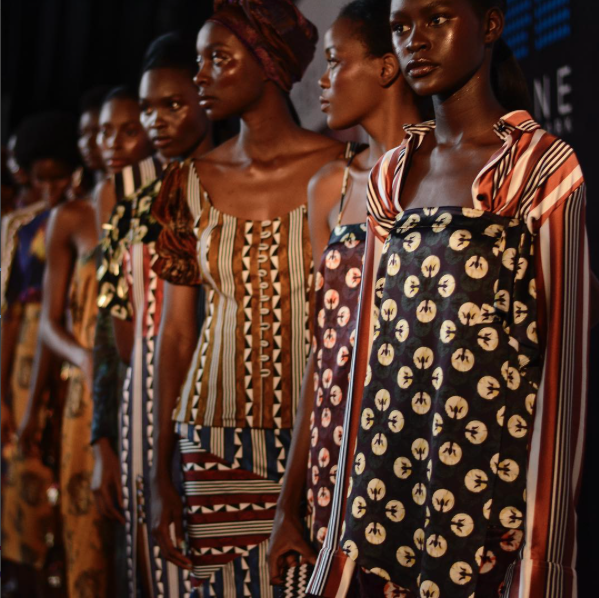
The power of collaboration has been one that SHF has successfully utilised to ensure greater recognition and commercial opportunities for African brands. London’s flagship store for high-fashion, Selfridges recently experienced an SHF infused take-over with the launch of critically acclaimed and cult menswear line Orange Culture’s collaboration with Afrobeat music superstar Davido in September 2017. As part of Selfridges’ ‘Music Matters’ series, SHF was able to bring Nigerian fashion and music to a global audience.
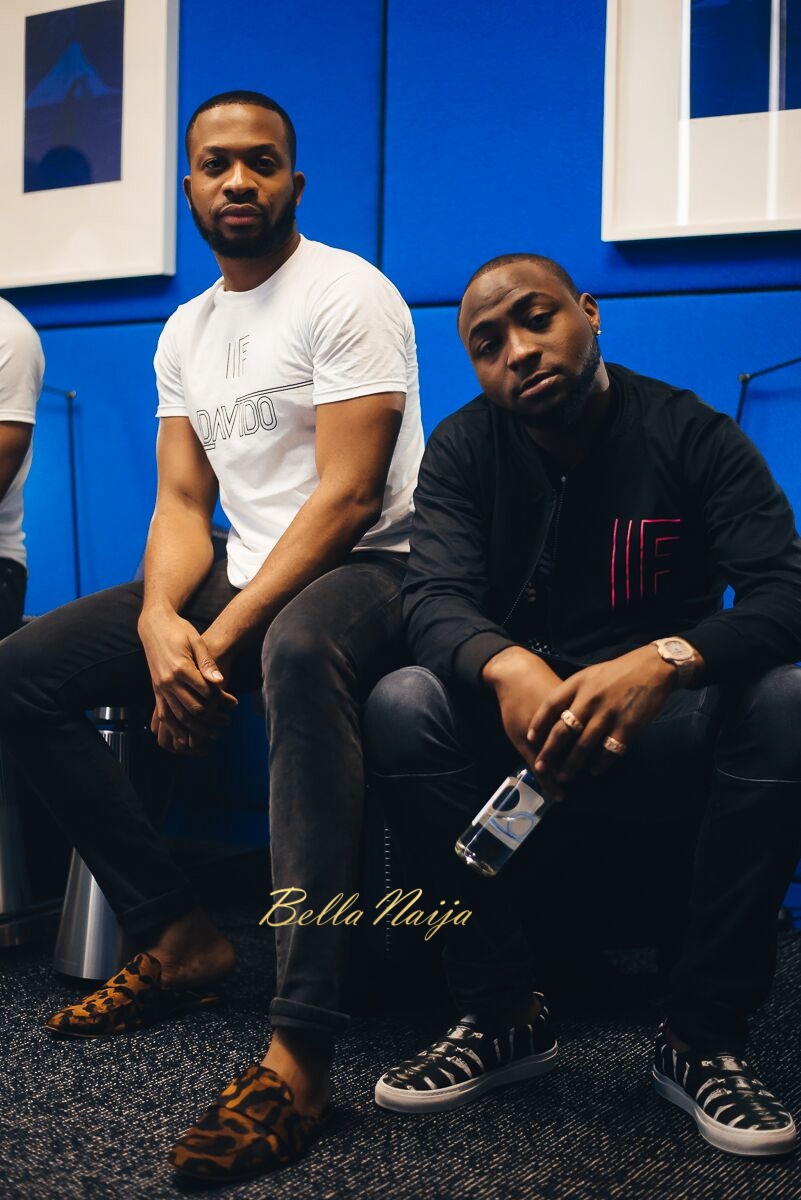
Beyond the glitz and the glamour of the night itself, being a viable conduit for retailers internationally as well as incubating emerging and established talent on the continent remains a key deliverable for SHF. However, of equal import are markets closer to home and Akerele is quick to point this out:
Why make the international fashion market the only target when it is far simpler to serve the home market where both designers and consumers stand a better chance of being in sync? For us, the vision is to build, to make both the international fashion market and pan African fashion market co-exist side by side. Designers must learn to straddle both markets with ease and position their brands for commercial success in Africa and beyond.
Her analysis is of increasing import as African economies continue to grow and their young, fashion literate populations provide a willing market for the industry’s multifarious offerings. The UNDP has projected that by 2040, Africa will be home to the largest population of working adults in the world with Middle Class and High-Net Worth individuals of equal relevance to brands. Concomitantly, many international brands have recognised this reality with luxury brands such as Michael Kors an ‘early adaptor’ with his stand-alone store in Cairo and an outlet in Cape Town’s fashion concept-store, Callaghan. By taking a punt on the continent, Kors has staked his territory early and enjoys a first-mover advantage over his competitors globally.
The metamorphosis of the African retail landscape is another key indicator of the way in which the industry continues to evolve with the last ten years heralding a retail explosion in Lagos. In the luxury sector, the need to book a flight overseas to have a shopping experience on par with Printemps of Paris, Harvey Nichols of London or Barney’s of New York has been elegantly kyboshed by stores such as Alara, Temple Muse and Stranger who stock international super-brands alongside major and emerging regional players, and customers more than happy to mix and match. Also of note are the budding mid-priced retail stores and brands such as Grey Velvet, ADA and Zebra Living that are providing customers with an affordable style injection for their wardrobes much like retailers such as Zara, TopShop and Mango have been doing overseas. The diversity and continued growth in both the upper and middle sectors, in spite of economic volatility and foreign currency fluctuation, speak to a fashion sector that is developing in size and scope and most significantly, with celerity.
Perhaps most noteworthy when considering Africa as a fashion destination is the way in which the continent is perceived both as a reference point and potential marketplace. In the past, its vistas provided the backdrop for magazine editorial, and its culture was simplified and romanticised; but the gaze and its purpose are much more nuanced today. Akerele evokes the communality of vision and purpose of Africa’s fashion industry when she states:
African fashion’s new ‘Creative Class’ do not operate on fashion’s superficial level. They are a group of like minded, passionate individuals; members of a fashion scene where the only passport to entry is passion and a commitment to see the industry succeed commercially.
This wide group is not satisfied with the occasional reference or cultural ‘shout-out’ be it Stella McCartney’s Spring/Summer ’18 or Burberry’s Spring/Summer 2012 campaign, but rather are seeking long term engagement and specifically organic growth of the industry domestically.
Looking beyond to investment inflows in terms of fashion behemoths setting up shop in Nigeria and other African countries, Akerele remains bullish:
… the reality is business can still be done in Africa. From garment production to fabric sourcing and the best craftsmanship you can find in the world, opportunities exist for doing business.
This optimism is further buttressed by many African nations seeing the value of investing in the fashion industry, from the Nigerian Export Promotion Council supporting the ‘Made In Nigeria’ campaign to the Ugandan government’s African Growth Opportunity Act which targeted the garment sector, the importance of the industry is no longer seen as an adjunct to commodities and agriculture, but an essential spoke in the economy’s overall development.
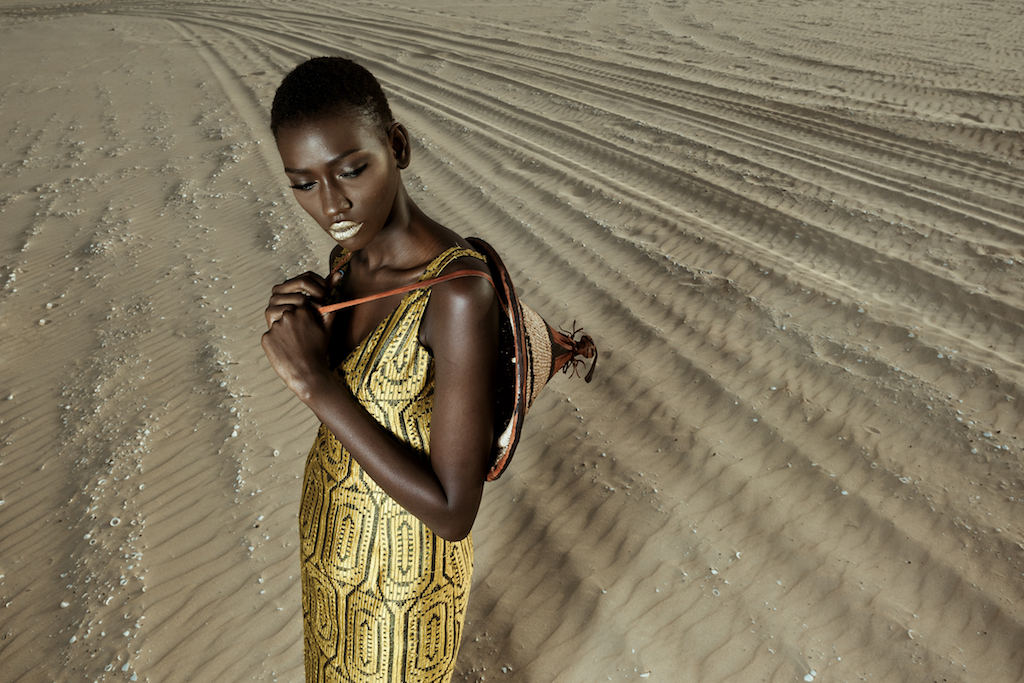
But what of the future of fashion; are things truly heading in a southerly and more specifically African direction? It certainly looks that way. As Europe continues to contract both in terms of economy and ageing population and insatiable appetites for all things fashion related in the Global South can no longer be easily quelled, alternative locations both for established brands and newcomers are inevitable. LVMH, Kering and their ilk will in time have flagships in African cities and this will be due in no small measure to the activities and work that has been spearheaded by SHF and LFDW. The cities might not roll of the tongue in quite the same way as the ‘big four’ but give it a season or two and it will be a different story.

